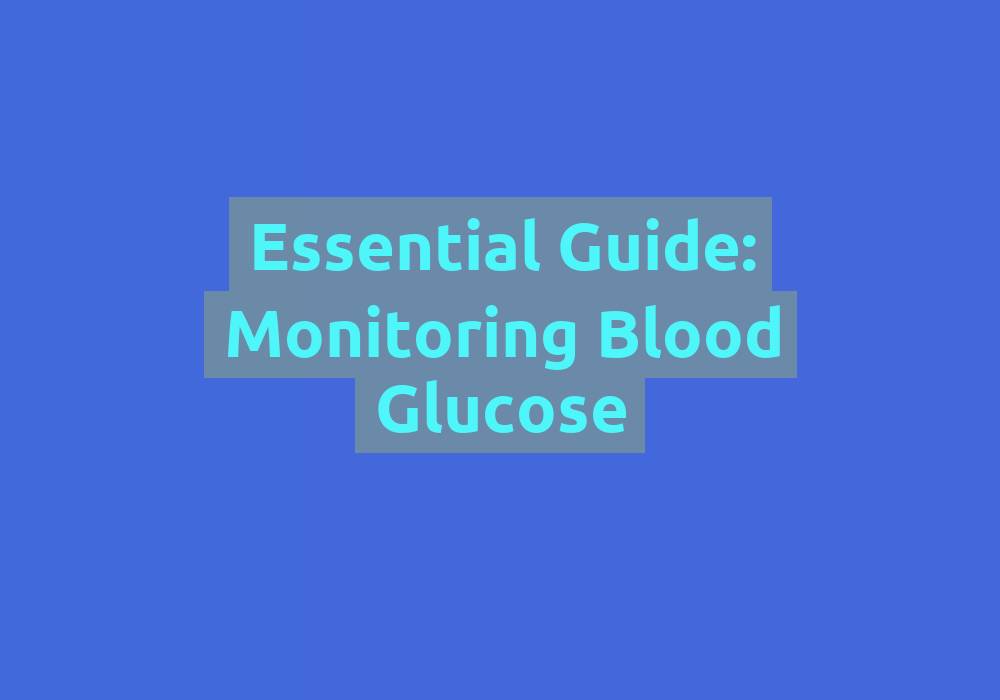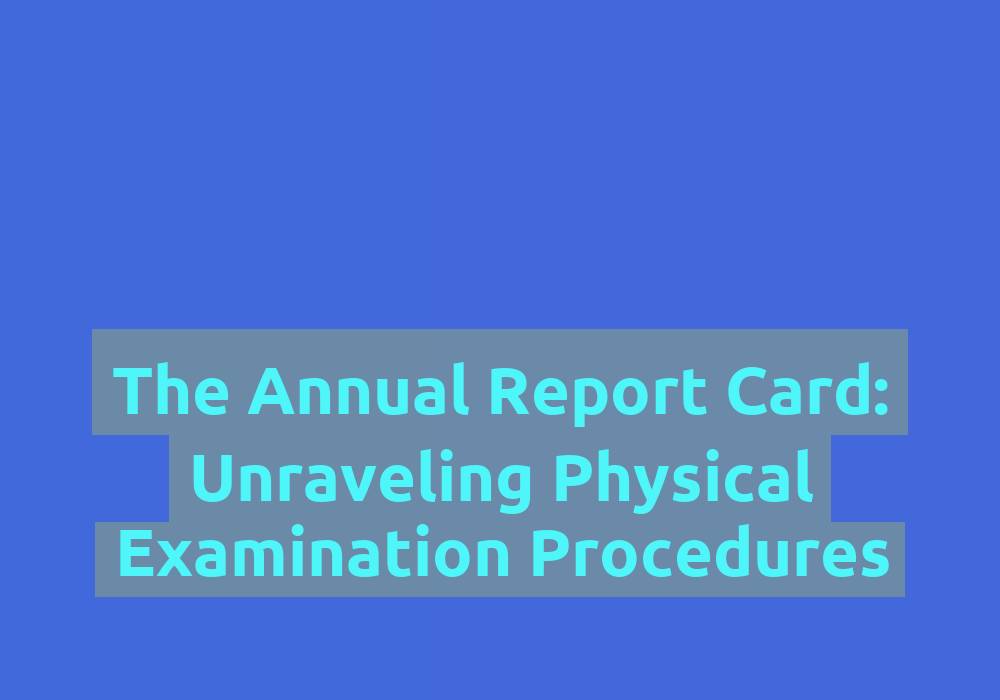A Guide to Mammogram Understanding

Breast cancer is a significant health concern for women worldwide. According to the World Health Organization (WHO), it is the most common cancer among women, affecting millions of individuals each year. However, early detection through regular screenings plays a crucial role in improving prognosis and increasing survival rates. In this article, we will discuss the importance of breast cancer screenings and provide valuable information to help you navigate this critical aspect of women’s health.
Understanding Breast Cancer
Before delving into the specifics of breast cancer screenings, it’s essential to have a fundamental understanding of this disease. Breast cancer occurs when abnormal cells in the breast tissue grow and multiply uncontrollably, forming a tumor. This tumor can invade nearby tissues and spread to other parts of the body if left untreated.
Breast cancer is a complex disease with various subtypes, each with its own unique characteristics. Some common types of breast cancer include ductal carcinoma in situ (DCIS), invasive ductal carcinoma (IDC), and invasive lobular carcinoma (ILC). Understanding the different types of breast cancer helps healthcare professionals determine the most appropriate treatment plan for each patient.
Importance of Breast Cancer Screenings
Regular breast cancer screenings are vital for several reasons. Firstly, screenings can detect breast cancer in its early stages, before any noticeable symptoms appear. Early detection significantly increases the chances of successful treatment and improves overall prognosis.
Secondly, screenings can identify abnormalities in breast tissue that may not necessarily be cancerous but could still require further evaluation. These abnormalities could include benign tumors, cysts, or other conditions that may need monitoring or treatment. By identifying these abnormalities early, healthcare professionals can provide timely interventions and ensure optimal breast health.
Lastly, breast cancer screenings provide an opportunity for healthcare professionals to educate women about breast health, self-examination techniques, and risk factors associated with breast cancer. This knowledge empowers women to take proactive steps towards their well-being and seek necessary medical attention when needed.
During screenings, healthcare professionals may also discuss lifestyle modifications that can help reduce the risk of developing breast cancer. These recommendations may include maintaining a healthy weight, engaging in regular physical activity, limiting alcohol consumption, and avoiding tobacco products. By integrating these lifestyle changes, women can further decrease their breast cancer risk.
Types of Breast Cancer Screenings
There are several methods used for breast cancer screenings, each serving a specific purpose. The most common screening tests include:
1. Mammograms
Mammograms are X-ray examinations of the breasts and are considered the gold standard for breast cancer screenings. These tests can detect tumors or abnormalities that are too small to be felt during a physical examination. Mammography involves compressing the breast between two plates to obtain high-quality images. The images are then interpreted by radiologists who specialize in breast imaging.
Women aged 40 and above are generally recommended to undergo regular mammograms. However, the frequency of mammograms may vary depending on individual risk factors, such as family history or genetic mutations. It is crucial for women to discuss their specific screening plan with their healthcare provider.
2. Clinical Breast Examinations
A clinical breast examination involves a healthcare professional manually examining the breasts for any lumps, irregularities, or changes in size or shape. This type of examination is usually performed in conjunction with a mammogram and helps to detect any visible abnormalities.
Clinical breast examinations can be conducted by primary care physicians, gynecologists, or breast specialists. During the examination, the healthcare professional will carefully palpate the breasts and underarm area for any abnormalities. They may also ask questions regarding any symptoms or changes the patient has experienced.
The frequency of clinical breast examinations may vary depending on a woman’s age, risk factors, and healthcare provider’s recommendations. Typically, women in their 20s and 30s should have a clinical breast examination at least every three years, while those aged 40 and above should have annual examinations.
3. Breast Self-Examinations
Breast self-examinations involve women examining their breasts on a regular basis to detect any changes or abnormalities. While self-examinations cannot replace mammograms or clinical examinations, they can serve as an additional tool for early detection. Women should consult their healthcare provider for proper self-examination techniques.
During a breast self-examination, women should visually inspect their breasts in front of a mirror, looking for any changes in size, shape, or contour. They should also raise their arms and examine both breasts for any visible abnormalities. Next, while lying down, women can use the pads of their fingers to feel for lumps or thickening in the breasts and underarm area.
It is important to note that not all breast abnormalities are cancerous. However, if any changes or abnormalities are detected during a self-examination, it is crucial to report them to a healthcare provider for further evaluation.
4. Genetic Testing
Genetic testing is recommended for individuals with a family history of breast cancer or those who carry specific gene mutations, such as BRCA1 or BRCA2. This test helps identify individuals who may be at a higher risk of developing breast cancer and allows for appropriate preventive measures to be taken.
Genetic testing involves analyzing a person’s DNA to identify specific mutations that increase the risk of breast cancer. The test is usually conducted using a blood or saliva sample. If a mutation is detected, healthcare providers can develop a personalized screening and prevention plan to mitigate the individual’s risk.
Before undergoing genetic testing, individuals should consult with a genetic counselor who can provide comprehensive information about the benefits, limitations, and potential implications of the test. The counselor can also help individuals understand the test results and make informed decisions regarding their breast health.
When to Start Breast Cancer Screenings
The age at which women should begin breast cancer screenings is a topic of ongoing debate. Different organizations and healthcare professionals may have varying recommendations based on individual risk factors and guidelines. However, most organizations generally agree on the following:
1. Mammograms
Women aged 40 and above are typically advised to start receiving regular mammograms. However, women with a higher risk of breast cancer, such as those with a family history or genetic mutations, may begin screenings earlier, in their 30s or even earlier as recommended by their healthcare provider.
The frequency of mammograms may also vary based on individual risk factors. For women at average risk, mammograms are usually recommended every one to two years. Women at higher risk may require more frequent screenings, such as annually.
2. Clinical Breast Examinations
Clinical breast examinations are often performed alongside mammograms, with the frequency depending on a woman’s age, risk factors, and healthcare provider’s recommendations. Typically, women in their 20s and 30s should have a clinical breast examination at least every three years, while those aged 40 and above should have annual examinations.
It is important to note that clinical breast examinations alone are not sufficient for comprehensive breast cancer screening. They should be performed in conjunction with other screening methods, such as mammograms or breast self-examinations, to ensure maximum effectiveness.
3. Breast Self-Examinations
While breast self-examinations are no longer universally recommended, it is essential for women to be familiar with their breasts and report any changes to their healthcare provider promptly. Women should discuss the need for self-examinations with their healthcare provider and receive proper education on how to perform them correctly.
Breast self-examinations can be performed on a monthly basis. Women should choose a specific time during their menstrual cycle, when their breasts are least likely to be tender or swollen. By consistently conducting self-examinations, women become more aware of the normal look and feel of their breasts, making it easier to detect any changes or abnormalities.
Factors Affecting Breast Cancer Risk
Understanding the risk factors associated with breast cancer can help individuals make informed decisions regarding screenings and preventive measures. Some significant factors that can influence breast cancer risk include:
- Gender (Breast cancer is more common in women but can also affect men)
- Age (Risk increases with age)
- Family history of breast cancer
- Genetic mutations (BRCA1 and BRCA2)
- Previous history of breast abnormalities or cancer
- Hormonal factors (early menstruation or late menopause)
- Lifestyle factors (obesity, sedentary lifestyle, alcohol consumption)
It is important to note that having one or more risk factors does not necessarily mean an individual will develop breast cancer. Regular screenings and early detection remain crucial for all individuals, regardless of their risk profile.
Conclusion
Breast cancer screenings are essential for early detection, improving treatment outcomes, and saving lives. By undergoing regular mammograms, clinical breast examinations, and discussing individual risk factors with healthcare providers, women can take proactive steps towards maintaining their breast health. Remember to consult with your healthcare provider to determine the best screening plan and schedule based on your unique circumstances. Together, we can navigate breast cancer screenings and work towards a future with reduced mortality rates and improved survivorship.
1. Why are breast cancer screenings important?
Regular breast cancer screenings are important because they can detect breast cancer in its early stages, before any noticeable symptoms appear. Early detection significantly increases the chances of successful treatment and improves overall prognosis. Screenings can also identify abnormalities in breast tissue that may not necessarily be cancerous but could still require further evaluation.
2. What are the types of breast cancer screenings?
The most common types of breast cancer screenings include mammograms, clinical breast examinations, breast self-examinations, and genetic testing.
3. When should I start breast cancer screenings?
Women aged 40 and above are typically advised to start receiving regular mammograms. However, women with a higher risk of breast cancer, such as those with a family history or genetic mutations, may begin screenings earlier, in their 30s or even earlier as recommended by their healthcare provider. The frequency of mammograms may also vary based on individual risk factors.
4. What are the factors affecting breast cancer risk?
Factors that can influence breast cancer risk include gender, age, family history of breast cancer, genetic mutations (BRCA1 and BRCA2), previous history of breast abnormalities or cancer, hormonal factors, and lifestyle factors such as obesity, sedentary lifestyle, and alcohol consumption. However, it is important to note that having one or more risk factors does not necessarily mean an individual will develop breast cancer. Regular screenings and early detection remain crucial for all individuals, regardless of their risk profile.


















